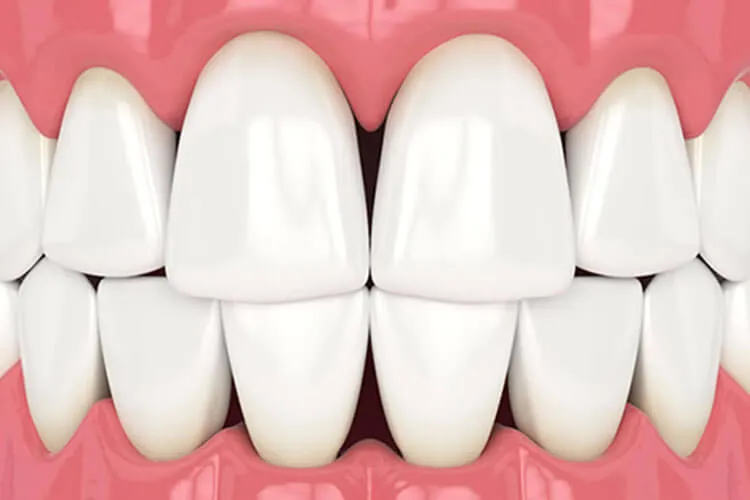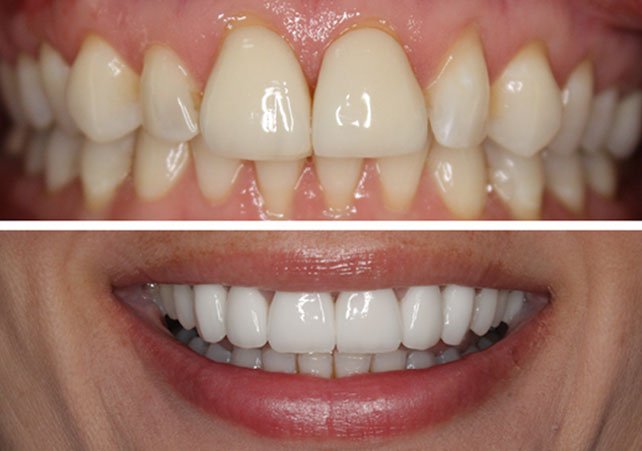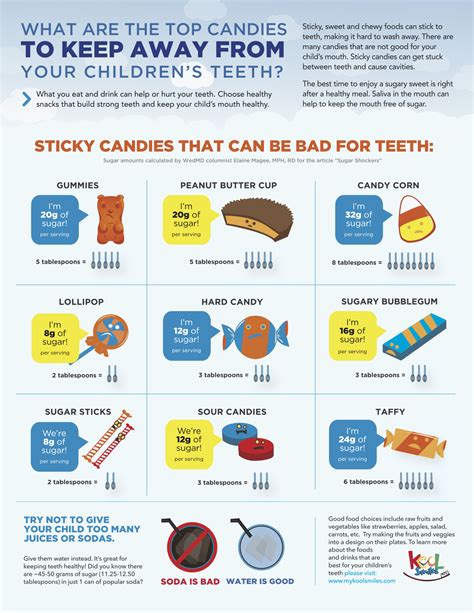Black Triangles Teeth: Improve Smile Confidence

The pursuit of a perfect smile has become an integral part of our quest for confidence and self-expression. One of the most common aesthetic concerns that can significantly impact the appearance of our smile is the presence of black triangles between our teeth. These triangular gaps, also known as open gingival embrasures, can make our teeth appear uneven, spaced, or even outdated, affecting not only our dental health but also our overall self-assurance.
Understanding Black Triangles

Black triangles are essentially V-shaped spaces that can appear between the teeth, at the gum line. They are more noticeable when we smile and can give the impression of missing teeth or poor oral health. These gaps are not merely an aesthetic issue; they can also trap food particles, leading to discomfort, bad breath, and potentially, more severe dental problems like gum disease or tooth decay if not addressed properly.
Causes of Black Triangles

Several factors contribute to the formation of black triangles. Understanding these causes is crucial for devising an effective treatment plan:
- Receding Gums: One of the most common reasons is gum recession, where the gum tissue pulls back from the teeth, exposing the roots and creating spaces.
- Orthodontic Treatment: Sometimes, after orthodontic procedures, the teeth can appear more spaced due to the alignment process, leading to the formation of black triangles.
- Tooth Shape and Size: The natural shape and size of teeth can also contribute to these gaps. Teeth that are too small or irregularly shaped may leave spaces that appear as black triangles.
- Gum Disease: Periodontal disease can cause inflammation and infection of the gums, leading to gum recession and black triangles.
- Aging: As we age, our gums naturally recede, which can lead to the appearance of black triangles.
Treatment Options for Black Triangles
Fortunately, there are several effective treatments available for black triangles, ranging from non-invasive cosmetic procedures to more complex dental work. The choice of treatment depends on the cause and extent of the issue:
1. Dental Bonding
A straightforward and minimally invasive procedure where a tooth-colored resin is applied to the teeth and then molded to fill in the gaps. This method is particularly effective for small gaps and can be completed in a single visit.
2. Veneers
Thin layers of porcelain or composite material bonded to the front of the teeth. Veneers can not only fill in black triangles but also improve the color, shape, and overall appearance of the teeth.
3. Gum Grafting
A surgical procedure where gum tissue is taken from another part of the mouth and grafted to the affected area. This method is ideal for cases where gum recession is the primary cause of black triangles.
4. Orthodontic Treatment
In some cases, particularly where the black triangles are a result of tooth misalignment, orthodontic treatment may be recommended. This can involve traditional braces or more modern aligner systems like Invisalign.
5. Pontics
For more severe cases, or where the gap is quite large, a dental pontic might be used. A pontic is an artificial tooth attached to a dental bridge, which can effectively fill in the space.
Enhancing Smile Confidence
Beyond the medical and aesthetic corrections, addressing black triangles also involves a psychological aspect. The presence of these gaps can significantly affect an individual’s confidence, especially in social and professional settings. By choosing the appropriate treatment and taking proactive steps towards improving one’s smile, individuals can experience a profound impact on their self-esteem and overall quality of life.
Conclusion

Black triangles between the teeth are a common concern that can be effectively treated with modern dentistry. Whether through dental bonding, veneers, gum grafting, orthodontic treatment, or pontics, there are solutions available for virtually every case. By understanding the causes and exploring the various treatment options, individuals can regain their smile confidence, leading to a more fulfilling and expressive life.
What are black triangles between teeth, and how do they form?
+Black triangles, or open gingival embrasures, are V-shaped gaps that can appear between teeth at the gum line. They can form due to gum recession, orthodontic treatment, the natural shape and size of teeth, gum disease, or aging.
What treatment options are available for black triangles?
+Treatment options include dental bonding, veneers, gum grafting, orthodontic treatment, and pontics. The choice of treatment depends on the cause and extent of the black triangles.
How can addressing black triangles improve smile confidence?
+By filling in the gaps and improving the appearance of the teeth, individuals can experience a significant boost in their self-esteem and smile confidence, leading to enhanced social and professional interactions.


